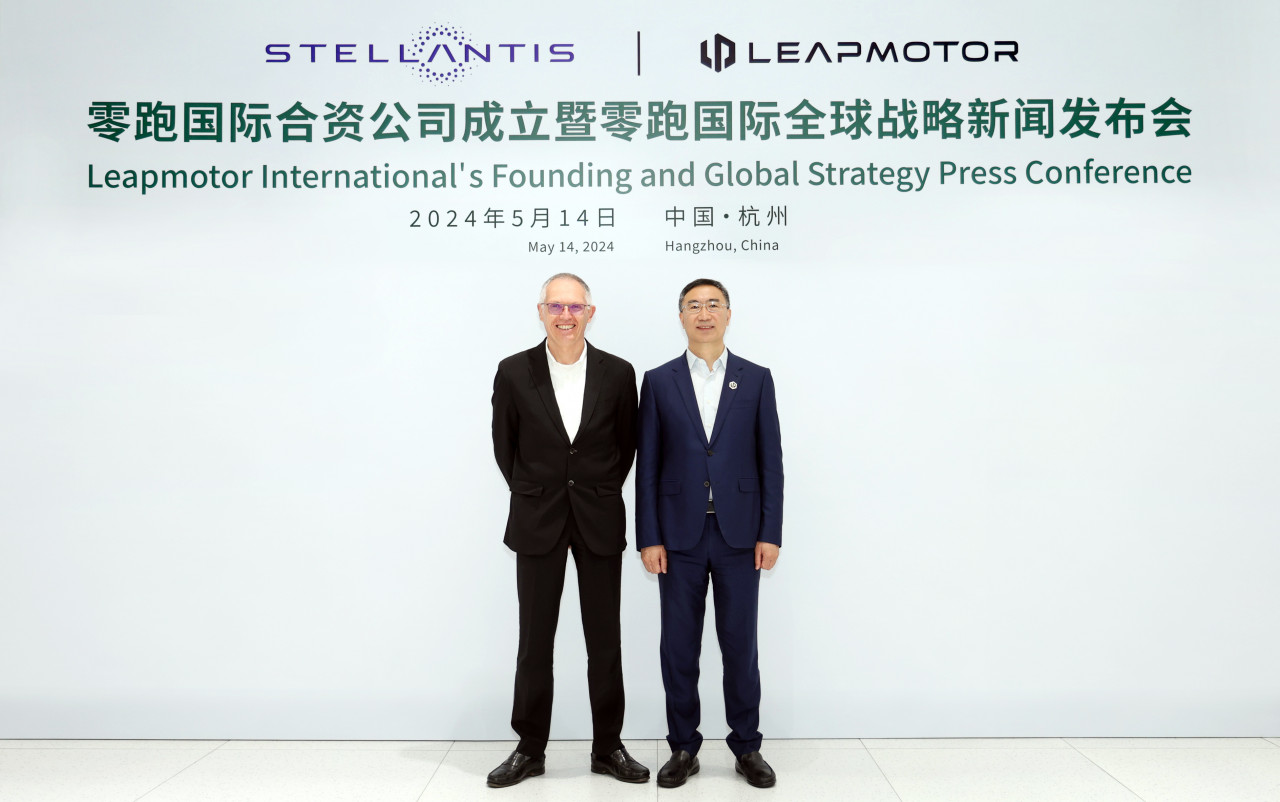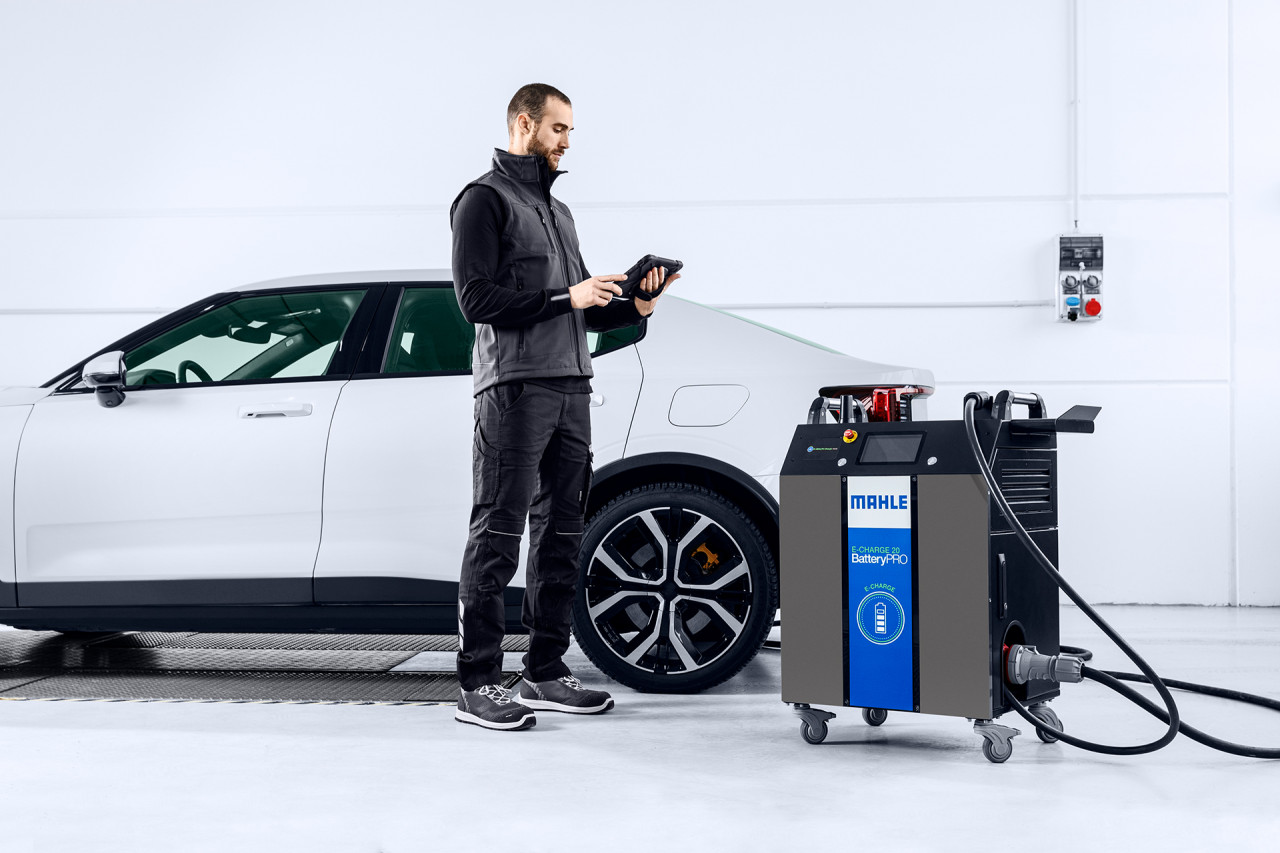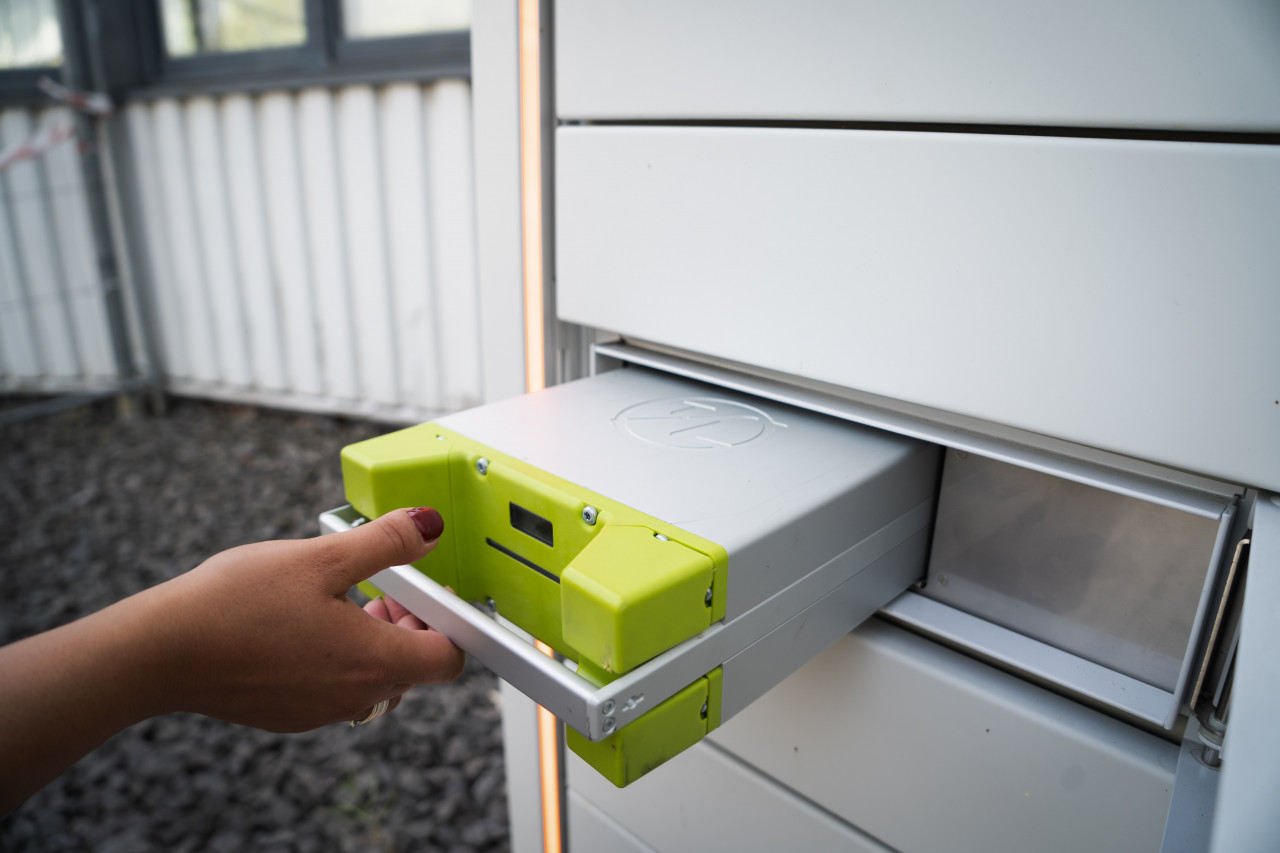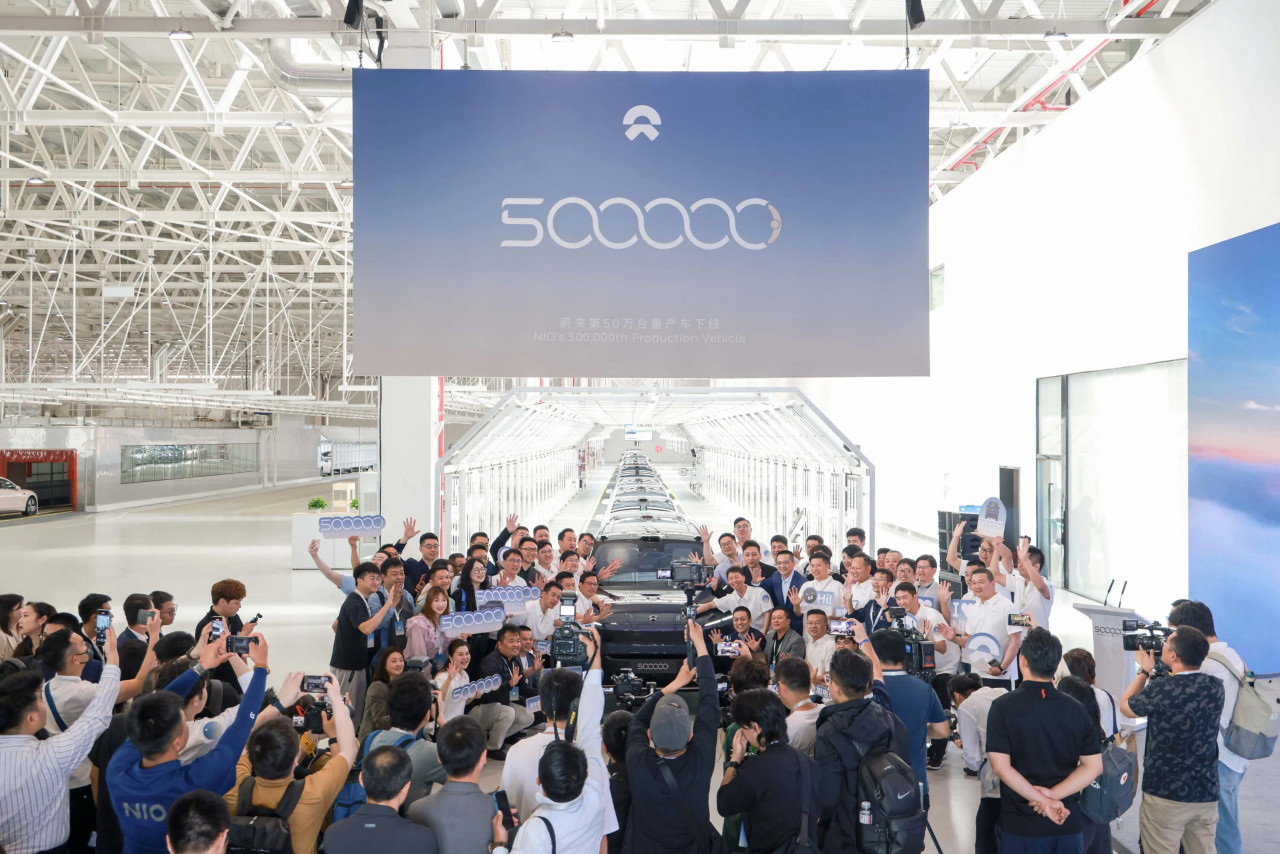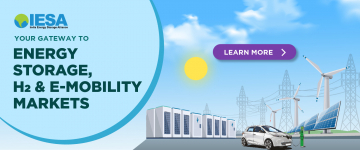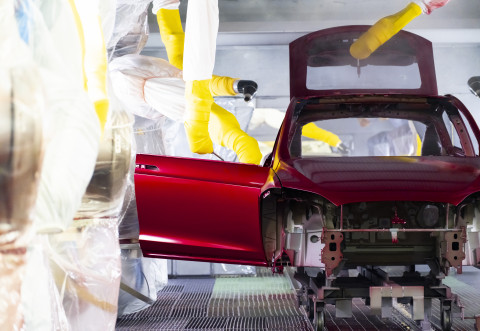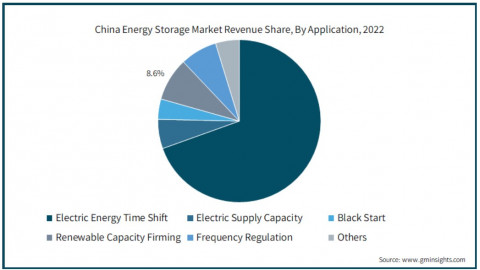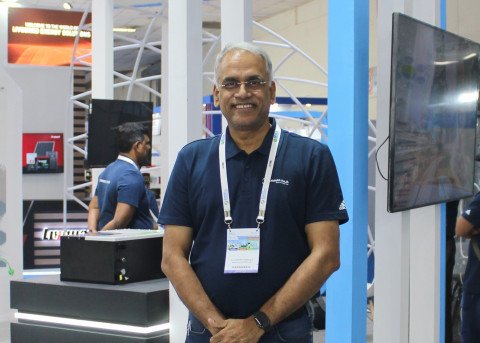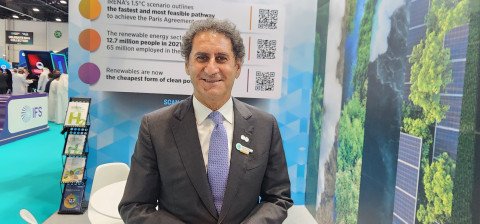India upshifts e-mobility ambitions to top gear
Now is the most opportune time to change the mobility landscape of the country. How to achieve the inflection point that is a precursor to exponential growth was discussed by Sohinder Gill, Director General - Society of Manufacturers of Electric Vehicles, in conversation with Ashok Thakur, Chief Editor – ETN.
SMEV has been at the forefront of driving e-mobility in India. With the COVID-19 outbreak how do you foresee the EV market for the rest of this year for each EV segment?
The impact of lockdown can be seen across all industries. With companies shutting down their manufacturing units, and supply chains becoming a challenge, it has impacted the market. We anticipated that the situation would normalize post lockdown, but unfortunately the cases have been increasing in the last few weeks. Though several companies have resumed operations, we feel that it will take another 2-3 months for things to become normal.
The first six months of this financial year may give only 10-15 percent of the annual volume, but we hope to recover in the later six months. We will see increased demand, especially for personal vehicles, i.e. entry-level segment cars and two-wheelers.
Speaking specifically of e-2Ws and e-4Ws in the personal segment: while there is increasing environment consciousness among buyers, which could further increase post COVID-19, do you think price still remains a challenge for these vehicles?
The e-2Ws that have speeds between 25km/hr to 40 km/hr use smaller batteries, which are now cheaper or priced similar to the petrol 2Ws. There can be an exponential growth of such 2Ws, if the government extends subsidy on them. For the high-speed high performance ones, I believe, until we are able to bridge the price gap that exists, the growth will be stunted. The subsidy component thus is an important piece in the growth of e-2Ws.
Once we are able to make our local supply chain strong, and with battery prices coming down in the next few years, the issue of pricing will go away.
At the IESA Earth Day webinar you emphasized that now is a good time for the government to promote a strong campaign to accelerate EVs in India. Can you elaborate on that idea and other measures that the government should support?
In order to incentivize a quick adoption of EVs, the government should come up with some bold measures: for instance project EVs as a solution to a clean environment under the Swachh Bharat campaign. This would create massive awareness about the EVs and their benefit to the environment. Another means could be to instruct banks to finance EVs and reduce the customers' burden of paying the purchase cost upfront. Lastly, mandate delivery businesses to convert their fleets to electric, which will bring a huge volume of EVs into the market.
In terms of e-4Ws in shared mobility segment or e-taxis, will the segment see a prolonged hit in terms of sale as COVID-19 related safety concerns remain a high deterrent for users?
The segment of shared mobility, whether it's electric or ICE, would have to bear the brunt for a specific period as customers would prefer to travel in their personal vehicles till the situation normalizes. However, once we come out of the current pandemic, we will see e-taxis taking a leap in shared mobility due to lower operating cost.
What were the e-2Ws and e-3Ws sales for the last financial year? What is your estimate for the current year?
The EV industry sold 152,000 e-2Ws and reported sales of 90,000 e-3Ws, last financial year. The market for e-2Ws looks somewhat optimistic with a robust recovery in the second half of this year due to the surge in demand of personal vehicles as customers consider switching over from crowded mass transport to the sensibly priced e-2Ws at almost the same commuting cost as public transport. New innovative designs are emerging in e-3Ws to maintain social distancing and travel safely. Many companies are planning to expand product portfolios and align their businesses to accommodate customer preferences. We believe both e-2Ws and e-3Ws will see recovery in the second half of the year.
Both the central and state governments have to work in tandem and involve the industry closely in their strategies and decisions to effectively deploy e-mobility
According to you what will be the drivers for e-2W and -3W sales in India?
Increased focus on personal mobility, ease of use and low maintenance cost are some of the drivers for the e-2W segment. In the e-3W segment, affordability, low-running cost and cheaper commuting cost compared to traditional 3Ws are the factors that would drive the demand, especially in the last mile commute.
What are your thoughts on the e-3W segment and its projected growth?
We have seen the e-3W segment growing significantly in the last two years. They have become the preferred mode of last-mile commute. Unfortunately, it is still being dominated by the unorganized sector. However, with companies like Kinetic Green, Piaggio, Mahindra & Mahindra, etc. offering quality products and total business solutions, we see the market consolidating and shifting to organized. We anticipate that this segment will capture a major chunk of the market, surpassing ICE 3W sales by 2025.
Your observation on the current state of e-2W and e-3W market?
Currently, there are approximately four lakh e-2Ws running on Indian roads. In the last five years, the e-2W market has gained significant momentum. The e-2Ws have become popular amongst customers as they make more sense than ever in terms of environmental benefits and cost-savings. Analyzing last year's sales figure, it shows that the low and city speed scooter category is leading the mass-market adoption in India.
In public transportation, e-3Ws are making a huge impact. We have seen this segment picking up pace in the last few years. As I mentioned earlier, the e-3W segment is still largely run by the unorganized sector. However, we will see this market getting more organized and evolved as many established players have already started investing in the segment.
What will drive demand? Will it be business as usual, or are you anticipating any change factors?
Improved product technology, continued government support, availability of bank finances and a massive awareness campaign would help in driving demand. Also, citizens' growing consciousness towards environmental-friendly modes of transport is another factor that would push the demand for greener vehicles. Entry of increasing large and organized players will certainly expand the market and improve adoption.
What do you see as your toughest challenges? How are you prepared to counter them?
The biggest challenge is how to reach the inflexion point that is a precursor to exponential growth. We need to put sufficiently large volumes of EVs in certain cities, say the top 12 polluting ones in the next two or three years to catalyze a positive word of mouth and trigger the inflexion point.
Some of the challenges that exist currently are a lack of mass awareness, a lack of financing and a lack of infrastructure, all of which need to be addressed to scale up the growth of EVs. Beside these, one of the main challenges lies in the lack of an integrated approach between the various ministries and the industry. The absence of a concentrated approach has pushed back the adoption of EVs so far. However, the present scenario offers an opportunity to renew the focus towards e-mobility as everyone, including the policymakers have realized how air pollution can be reduced by substituting fossil fuel vehicles with EVs.
How do you think the government can provide support?
Around the world, many countries are making good progress in electric mobility with continued support from their respective governments. We have seen in China and Norway how properly planned and meticulously executed policies can do wonders. A mix of direct customer incentives, indirect stimulus and a bit of mandating together with an awareness campaign can do wonders to convince citizens to shift to e-mobility.
Reducing the dependence on fossil fuels and cleaning the environment are some of the main agendas of the government. Thus EVs are a definite answer to both these issues. Though we have had some glitches in the policy, it seems that the government is now beginning to clear them up as they have realized the importance of EVs in the larger interest of the country. I think both the Central and State governments have to work in tandem and involve the industry closely in their strategies and decisions.
We need to put sufficiently large volumes of EVs in certain cities, say the top 12 polluting ones in the next two or three years.









